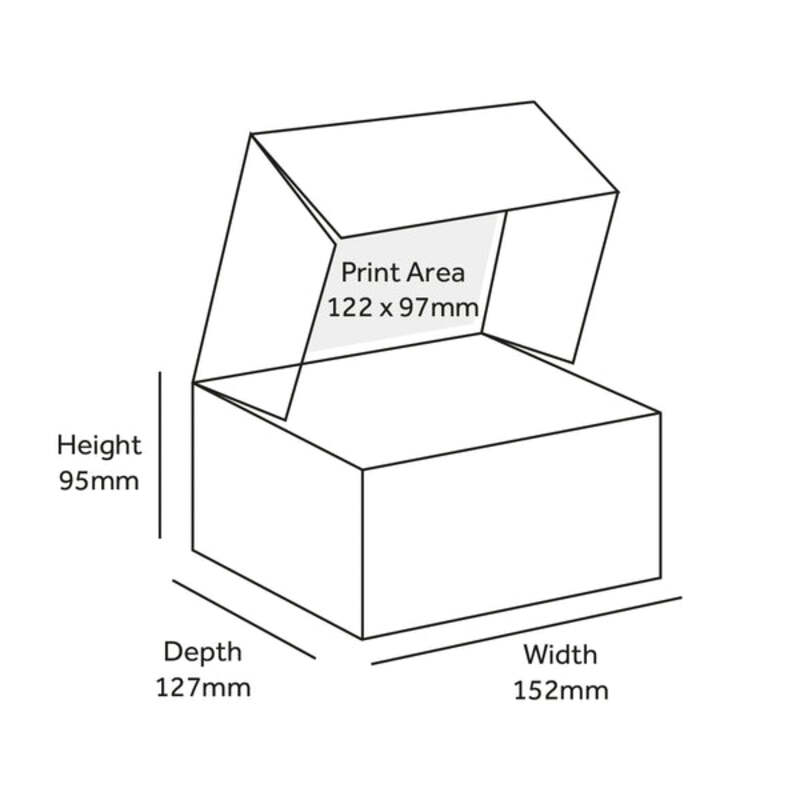The Impact of Plastic Cups on Our Environment
In today’s fast-paced world, convenience often takes precedence over sustainability. One of the most ubiquitous symbols of this convenience is the plastic cup. From coffee shops to parties, plastic cups are everywhere. However, this convenience comes at a significant environmental cost that is increasingly drawing public scrutiny.
Plastic cups are primarily made from polyethylene terephthalate (PET) or polystyrene. While these materials are lightweight and durable, they also contribute to the growing problem of plastic waste. According to studies, billions of plastic cups are used every year worldwide, and a majority of them end up in landfills or, worse, in oceans. The lifespan of a plastic cup may only be a few hours during a social gathering, but its environmental footprint can last for hundreds of years.
One of the most alarming issues related to plastic cups is their contribution to ocean pollution. Marine life often mistakenly ingests plastic debris, thinking it is food. This not only endangers wildlife but also threatens the entire ecosystem. Turtles, for instance, are known to consume plastic bags that resemble jellyfish, leading to injury or death. Furthermore, when plastic decomposes, it breaks down into microplastics, which are tiny particles that can infiltrate the food chain. These microplastics have been found in fish, shellfish, and even in the salt we consume, raising concerns about human health and safety.
In addition to environmental dangers, the production of plastic cups generates significant greenhouse gas emissions. The extraction of petroleum, the raw material used for plastic, releases carbon dioxide and other harmful pollutants into the atmosphere. Additionally, the manufacturing process itself consumes energy and water resources, further exacerbating the environmental impact. With the ongoing climate crisis, these factors can’t be overlooked if we are to build a more sustainable future.
plastic cups

Efforts are being made to address these issues. Many companies and local governments are recognizing the detrimental effects of single-use plastics and are starting to implement bans or regulations on plastic cup usage. For instance, cities like San Francisco and Seattle have enacted laws to minimize or eliminate the use of plastic cups in restaurants and events. These initiatives encourage the use of reusable or compostable alternatives.
There is also a growing trend towards eco-friendly materials such as bamboo, sugarcane, and even recycled paper. Biodegradable cups made from these materials offer a viable alternative to traditional plastic cups, as they break down more quickly and create less long-term waste. Additionally, many cafes and businesses are starting to provide discounts to customers who bring their own reusable cups, promoting a culture of sustainability.
However, reducing plastic cup usage is not solely the responsibility of businesses or governments; individuals play a crucial role as well. By making a conscious effort to choose reusable cups and advocating for sustainable practices, consumers can drive demand for eco-friendly options. Simple changes in our daily lives, such as carrying a reusable coffee cup or opting for glassware at parties, can collectively lead to significant reductions in plastic waste.
In conclusion, while plastic cups offer convenience, the broader implications for our environment cannot be ignored. By recognizing their impact, supporting bans on single-use plastics, and opting for alternatives, we can work towards a cleaner, more sustainable planet. The fight against plastic waste is ongoing, and every small action contributes to a larger movement for positive change. The future of our environment depends on our willingness to adapt and make responsible choices today.



